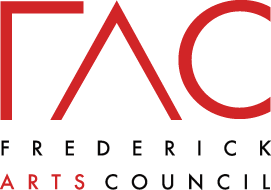Global Warmth:
Program
John Rutter
Suite for Strings (1973)
Heitor Villa-Lobos
Bachianas Brasilieras No. 5 (0)
Antonin Dvorak
Serenade in E Major, Op. 22 (1875)
Peter Warlock
Capriol (1926)
Aldemaro Romero
Suite para Cuerdas (1977)
No Scheduled Performances.
Concert Notes
NSS concerts typically last around two hours, including a 15-minute intermission.






